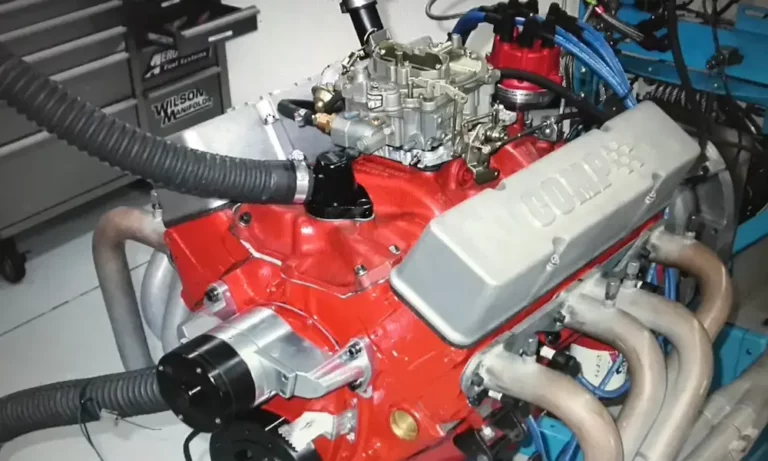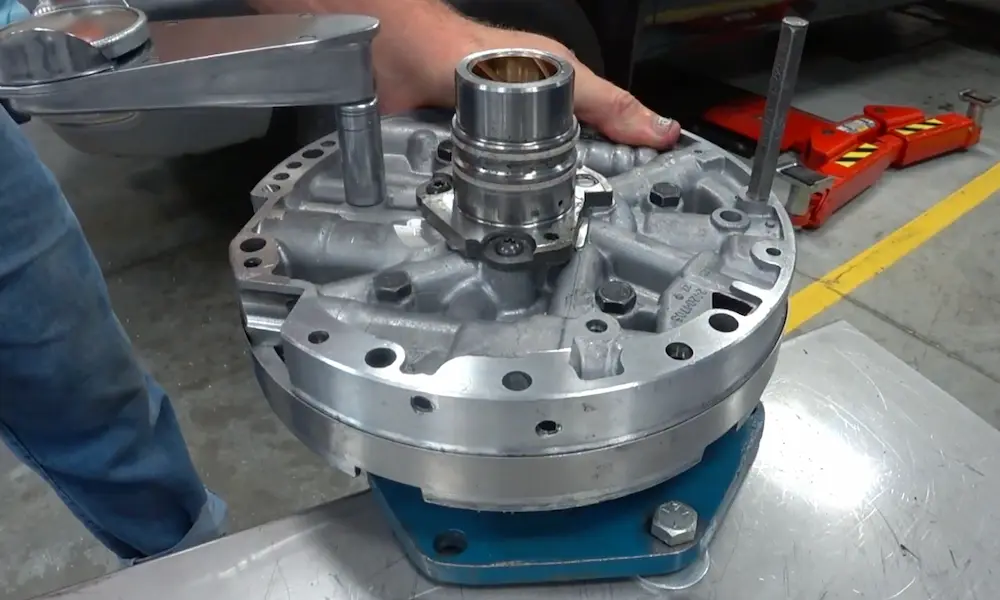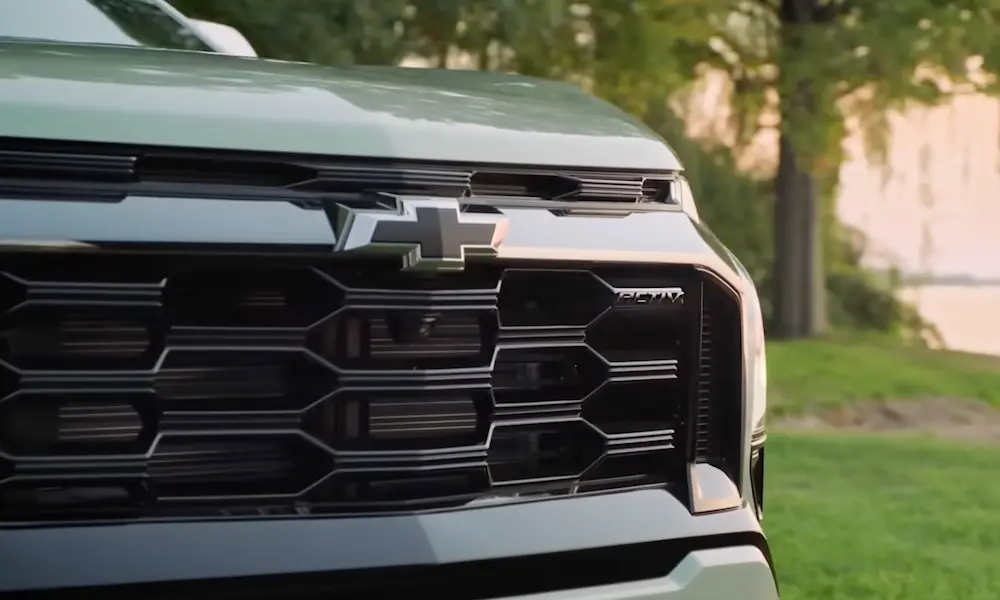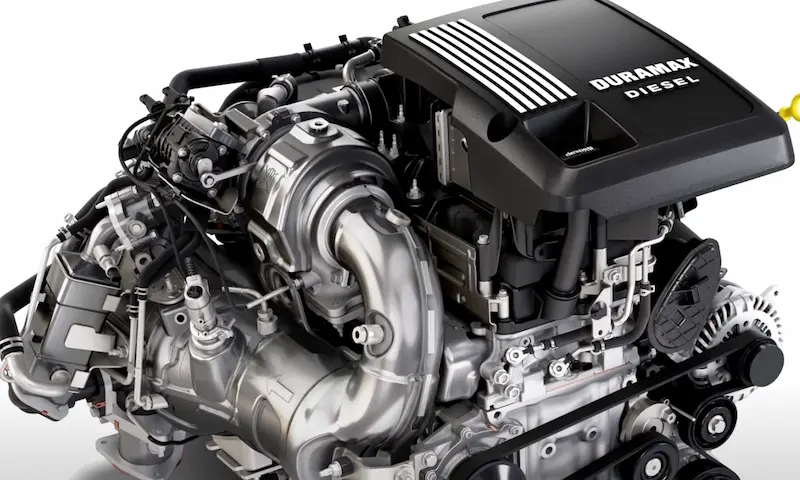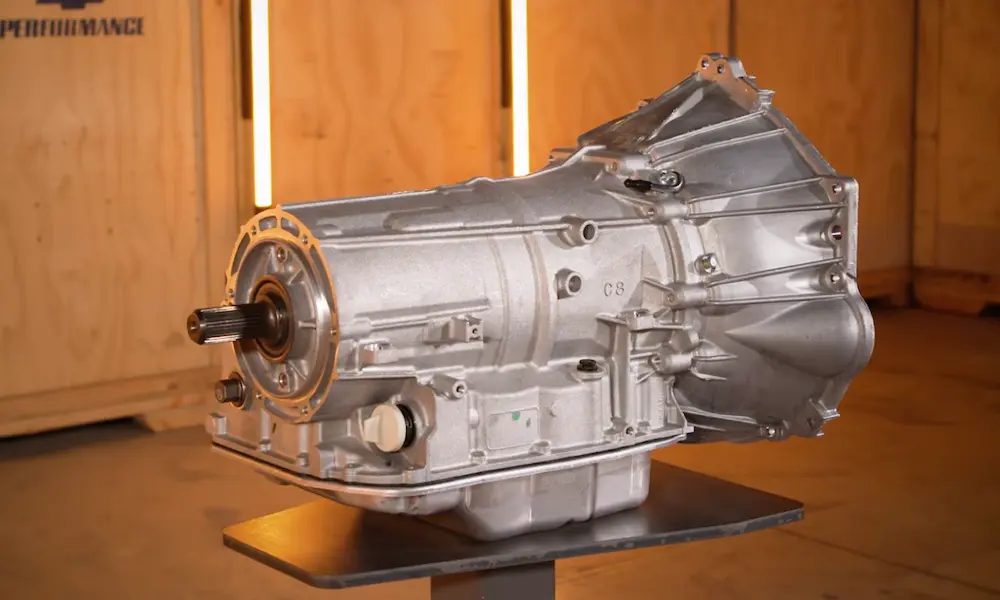Looking to understand what made the Chevy L79 engine so special? This powerhouse from the ’60s packed serious punch in a compact package. By the end of this guide, you’ll know exactly why car enthusiasts still celebrate this groundbreaking small-block V8 decades later.
What Is the L79 Engine?
The L79 was a 327 cubic inch (5.4 liter) small-block V8 engine produced by Chevrolet from 1965 to 1968. It wasn’t just any engine – it was revolutionary as the first high-performance Chevy small-block with a hydraulic camshaft, delivering 350 horsepower with everyday reliability.
Think of it as the perfect middle ground between tame daily drivers and high-strung race engines. The L79 offered muscle car performance without the maintenance headaches of solid-lifter engines.
L79 Engine Specs: The Technical Breakdown
Let’s dive into the impressive specs that made the L79 engine legendary:
| Specification | Details |
|---|---|
| Displacement | 327 cubic inches (5.4L) |
| Bore × Stroke | 4.00 inches × 3.25 inches |
| Block Material | Cast Iron |
| Compression Ratio | 11.0:1 |
| Horsepower | 350 hp @ 5800 rpm |
| Torque | 360 lb-ft @ 3600 rpm |
| Valvetrain | Pushrod OHV, 2 valves per cylinder |
| Fuel System | Rochester 4-barrel carburetor/Holley 600cfm |
| Production Years | 1965-1968 |
What’s truly impressive is that the L79 achieved more than one horsepower per cubic inch – a benchmark that was impressive for its era and remains respectable even by today’s standards.
Key Components That Made the L79 Special
Fuelie Heads
The L79 utilized the famous “Fuelie” cylinder heads, originally designed for fuel-injected 327 engines. These heads featured larger 2.02-inch intake valves that significantly improved airflow and power output. This single component was perhaps the most crucial to the engine’s impressive performance numbers.
The Perfect Camshaft
The genius of the L79 was its hydraulic-lifter camshaft (known as the ‘151’ cam). Previous high-performance Chevy engines used solid lifters that required regular adjustment. The L79’s hydraulic cam delivered nearly identical performance while being virtually maintenance-free – a huge selling point for everyday drivers who wanted performance without the hassle.
High-Flow Intake System
A dual-plane aluminum high-rise intake manifold paired with a Holley 4150 four-barrel carburetor (600cfm) maximized airflow. This combination helped the engine breathe deeply at high RPMs while still maintaining good low-end torque.
Robust Internal Components
Inside the L79, you’d find:
- Forged steel connecting rods
- Forged crankshaft
- High-compression pistons delivering the 11:1 compression ratio
These premium components allowed the engine to handle the stress of high-performance driving while maintaining reliability.
Advanced Oiling System
An upgraded 6-quart oil pan with windage tray provided superior lubrication during aggressive driving. This system prevented oil starvation during hard cornering – a common problem with performance engines of the era.
Vehicles That Featured the L79 Engine
The L79 powered some of Chevy’s most iconic vehicles:
- Chevrolet Corvette (1965-1968)
- Chevrolet Chevelle (1965-1968)
- Chevrolet El Camino (1965-1968)
- Chevrolet Chevy II/Nova (1965-1968)
- Chevrolet Malibu (1965-1968)
The most famous application might be the L79-powered Nova SS. By combining the lightweight Nova body with the potent 350-horsepower L79, Chevrolet created what many consider one of the first true muscle cars. These cars were relatively rare, with only 6,791 units produced.
The L79’s Place in Automotive History
Breaking the Hydraulic Barrier
Before the L79, conventional wisdom said you couldn’t get serious performance from a hydraulic-lifter engine. Chevy engineers proved this wrong. The L79 was the first high-output small-block Chevy with a hydraulic cam, combining ease of maintenance with impressive performance.
Horsepower Wars Contribution
The L79 hit the market during the height of Detroit’s “horsepower wars.” With its 350 horsepower rating, it helped Chevrolet maintain a competitive edge against rivals from Ford, Pontiac, and Mopar. This engine provided ordinary customers access to serious performance without requiring mechanical expertise.
Production Numbers
Over 49,000 L79 engines rolled off assembly lines during its four-year production run. While not as rare as some limited-production engines, the L79 struck a perfect balance between exclusivity and availability that has helped maintain its desirability decades later.
Real-World Performance vs. Factory Ratings
It’s worth noting that the 350 horsepower rating was a “gross” figure – measured without accessories and under ideal conditions. Forum discussions and period testing suggest the L79’s actual “net” horsepower (as measured by modern standards) would be closer to 280 hp.
Quarter-mile tests from the era indicate L79-equipped vehicles typically demonstrated around 230 horsepower at the rear wheels. This power-to-weight ratio was enough to make cars like the Nova L79 formidable street machines capable of mid-14 second quarter-mile times – impressive for the mid-1960s.
Why Collectors Value the L79 Today
Modern collectors prize L79-equipped vehicles for several reasons:
- Historical significance as one of Chevy’s breakthrough performance engines
- Rarity, especially in applications like the Nova SS and certain Corvette models
- Excellent balance of performance and reliability
- Ease of maintenance compared to more exotic performance engines
- Strong aftermarket support for restorations and rebuilds
A well-preserved 1967 L79 Corvette can command significant premiums at auction, particularly when paired with desirable options and correct documentation.
Building an L79-Style Engine Today
For those looking to recreate the L79 experience, detailed build information is available. Modern builders often blend period-correct components with subtle upgrades:
- Factory-style cast iron block bored to 4.00 inches
- Modern forged internals for added durability
- Recreation “Fuelie” heads or aftermarket equivalents
- Period-correct intake and carburetion
- Modern hydraulic roller camshafts that mimic the original profile while adding reliability
These modern interpretations maintain the character of the original L79 while adding reliability improvements that make them even better for regular driving.
L79 Legacy: An Engine That Changed Performance Expectations
The L79 327 represents a critical chapter in American performance engine development. By successfully combining the high-output potential of racing-inspired components with the everyday drivability of a hydraulic camshaft, Chevrolet created an engine that delivered exceptional performance without the maintenance penalties.
This innovative approach to performance—making it accessible to everyday drivers—helped shape the muscle car era and established principles that continue in modern performance engines. Today’s vehicles with high-output, low-maintenance engines owe much to the pioneering work done by Chevrolet engineers on the L79.
While bigger engines with more impressive numbers would follow, the L79’s perfect balance of size, power, and drivability ensures its place in the pantheon of great American V8s. For collectors, enthusiasts, and historians alike, the L79 remains a high-water mark in Chevrolet’s small-block evolution and a testament to the ingenuity of American automotive engineering.

